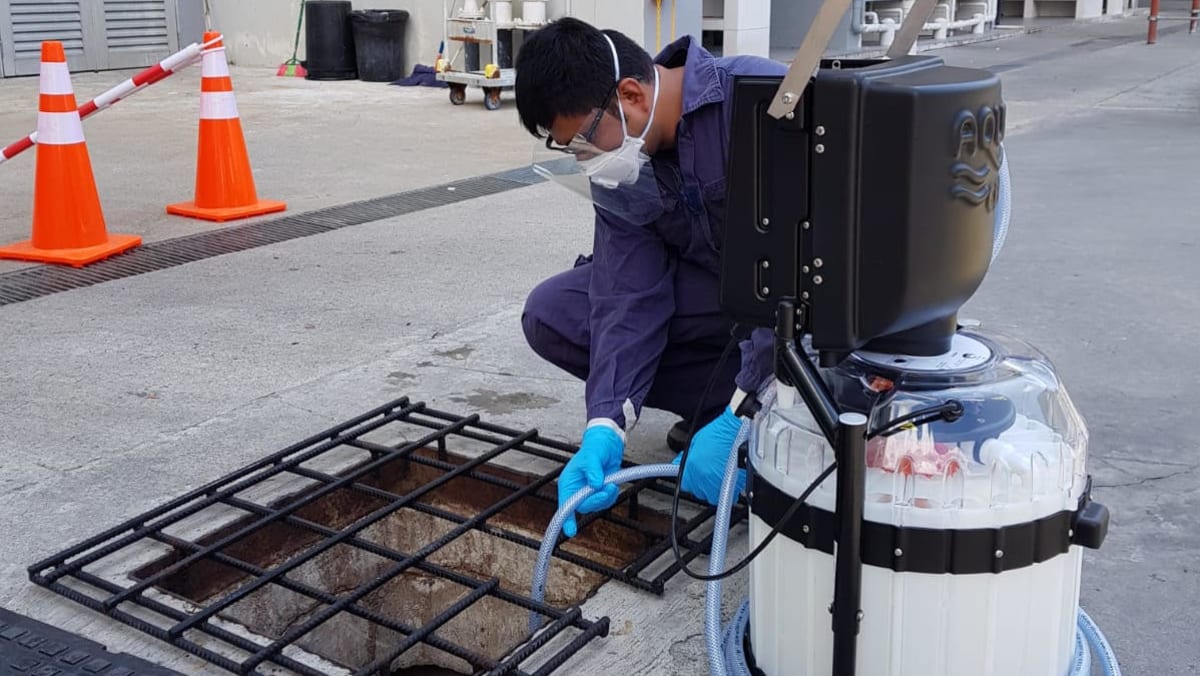FLUSHING OUT OTHER DISEASES
Beyond pandemic management, wastewater surveillance can be used to identify and prevent the spread of diseases such as measles, cholera, typhoid, and polio, especially in low- and middle-income countries.
This has been useful in guiding vaccination strategies and assessing the effectiveness of vaccination campaigns, particularly in polio-endemic countries like Afghanistan and Pakistan. This type of surveillance helps with the early detection of outbreaks, enabling rapid epidemiological investigations, contact tracing, isolation, and infection prevention measures.
Apart from vaccine-preventable diseases, Singapore wastewater sampling today is also used to monitor Zika transmission hotspots. In February, for example, precautionary control measures were stepped up in Boon Lay Place and doctors were alerted to be on the lookout for cases, after persistent virus signals were found in the area.
Similar to dengue, Zika is a virus infection that is spread by the Aedes mosquito. Only about 20 per cent of people infected with Zika display symptoms, and while Zika infection is generally mild, it can cause neurological complications or abnormalities in foetuses. There is currently no specific vaccine or drug against Zika.
Meanwhile, the Centers for Disease Control and Prevention (CDC) in the United States is tracking the avian influenza A virus, including its subtype H5N1, in wastewater across 770 sites, amid bird flu outbreaks mainly among the cow herds and poultry farms. Globally, there have been 889 H5N1 cases reported to World Health Organization since 2003 and half of them resulted in death. While there has been no evidence of sustained person-to-person transmission, the World Health Organization has called bird flu an “enormous concern”, urging increased tracking.

